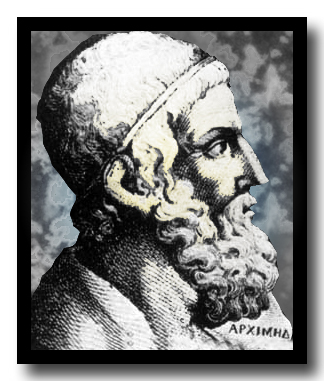Platonic Bodies
home | courses | topics | theorems | starters | worksheets | timeline | KS3 | KS4 | KS5
There are only five regular convex polyhedra that can exist in our three dimensional Euclidean space. These polyhedra were known since the ancient times. Plato (427-348 BC) wrote about them in his work Timaeus (written in about 340 BC) to identify five principles upon which everything is modelled: he identified these principles as fire, earth, air, water, and cosmos (or divine force). He identified each with the elementary principle
Tetrahedron - fire
Cube - earth
Octahedron - air
Icosahedron - water
Dodecahedron - cosmos or divine force
Euclid's Elements (c. 300 BC) list all these solids in mathematical way, giving their properties in the last book, book XIII.
Around the same time Archimedes was working on Platonic solids and discovered new polyhedra which are now called Archimedean polyhedra. The difference between platonic and Archimedean polyhedra is that, while the former are regular polyhedra containing only regular and same faces, the latter contain two or more different types of faces (which are also regular polygons).
Have a look at the Platonic polyhedra below.
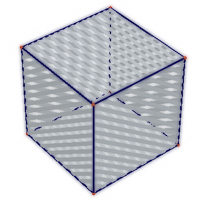
cube
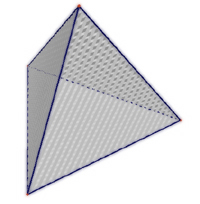
tetrahedron
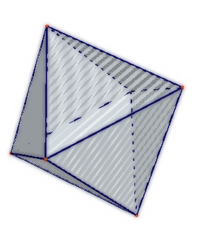
octahedron
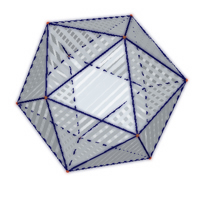
icosahedron
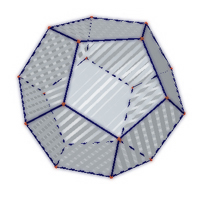
dodecahedron
You can find out more about the Platonic and the Archimedean solids by downloading the Platonic booklet here.
Click on the number man to go and see whether you can find some other fancy worksheets...

Learn more about Archimedes by clicking on his portrait
artefacts | numerals | concepts | people | places | pythagoreans | egyptians | babylonians
_____________________________________________________________________________________________________________________
Acknowledgements | Copyright | Contact | Mission Statement | Tell a friend about this site

